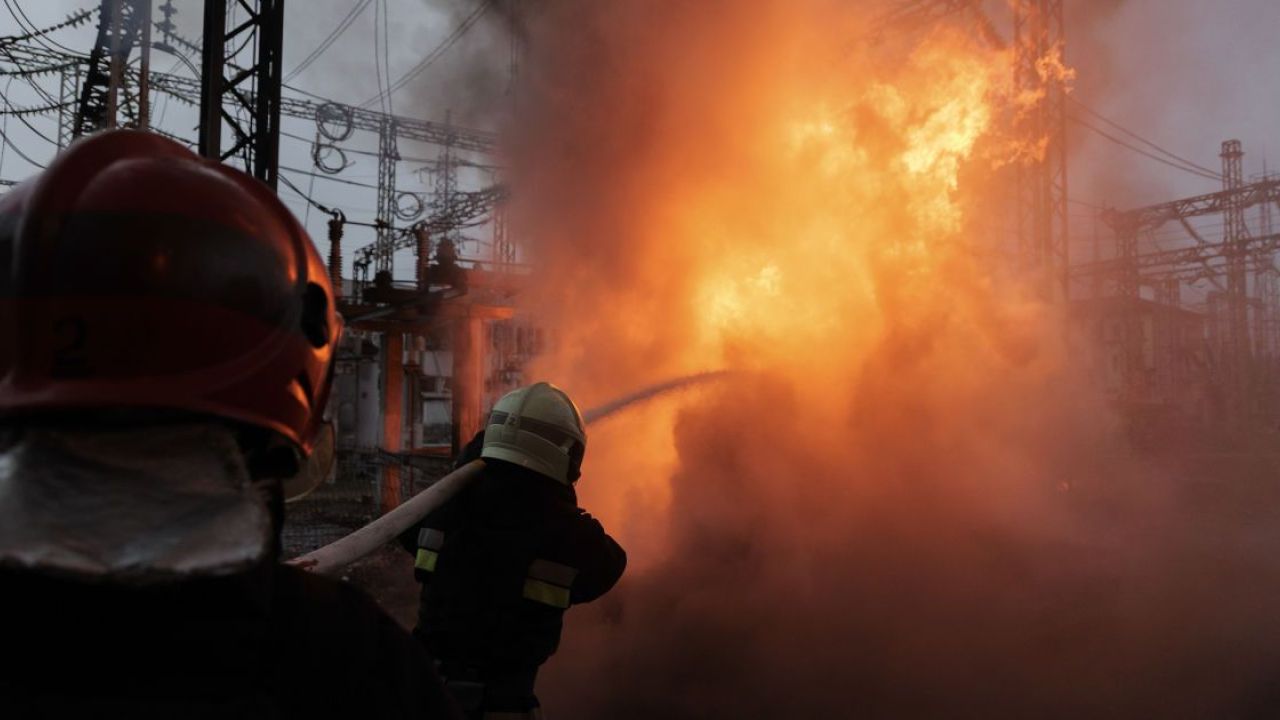Winter 2026: which regions will suffer the most from Russia’s energy terror
30 October 22:16
In early October, Russia resumed massive attacks on energy infrastructure. The situation is worst in the north, with Chernihiv and Sumy regions experiencing unpredictable and prolonged blackouts. In most other regions, there are planned hourly schedules for households and industry.
According to Ukrenergo’s top manager, the tactics have changed significantly compared to last winter: instead of scattered attacks on many targets, the enemy is concentrating on individual regions, combining damage to generation, trunk and distribution networks. Massive volleys are designed to overload air defense and break through the defense of key nodes. Attacks on even secondary substations of regional power distribution companies have been recorded separately, which complicates rapid recovery.
Komersant analyzed which regions are currently most vulnerable to the aggressor’s energy terror.
A scenario of prolonged blackouts, similar to the one in Chernihiv, could be repeated in the frontline regions of Donetsk, Kharkiv, Kherson, and Zaporizhzhia. There, the Russian Armed Forces use the entire arsenal of munitions – from drones and missiles to artillery – to quickly disable substations and power lines.
The highest systemic risks remain on the Left Bank: the intensity of shelling, physical proximity to the Russian border, vulnerability of generating and distribution hubs, and limited capacity of crossings across the Dnipro River are all factors. Even an increase in imports cannot fully compensate for the deficit in these areas.
Outage scenarios: from minimal queues to 12 to 15 hours a day
Former Ukrenergo CEO Volodymyr Kudrytskyi warns in a commentary to Ukrainian media that blackouts are unavoidable this winter. The only difference will be in the scale and duration.
In the optimistic scenario (with moderate intensity of shocks and prompt repairs), the restrictions will be minimal and will be covered by several stages. In the pessimistic scenario, intense shelling will cause significant shortages in the morning and evening peaks with massive long power outages of up to 12-15 hours per day. A full-scale nationwide blackout is unlikely, but local and regional crises are possible.
System balance: where power capacities are lacking
For a stable passage of the season, the power system needs an additional 2000-3000 MW of controlled generation (equivalent to 2-3 nuclear power units) and 8000-10,000 MWh of energy storage to cover peaks and rapid maneuver. Instead, since the beginning of the year, only 300-400 MW of gas generation and about 600 MW of storage systems have been commissioned. These volumes are too small to fully smooth out peak loads in the face of constant attacks on generation facilities and grid infrastructure.
Imports, exports and bottlenecks in the national power grid
Ukraine simultaneously imports and exports electricity depending on hourly demand, prices, and technical limitations of the grid. When domestic production falls or damaged nodes limit flow, imports from the EU’s synchronized power systems become a critical tool to cover the shortfall.
However, the total capacity of interconnectors and the internal bottlenecks of distribution networks do not allow relying on imports as a one-size-fits-all, especially in the frontline and left-bank regions. In the evening, the sensitivity to any unplanned outages at generating units or substations increases.
Read also: War for a kilowatt-hour: how systemic shelling is changing Ukraine’s economy
Winter 2026: prospects for industry, business and households
For energy-intensive industries and critical infrastructure, the main risk is price and operational volatility during peak consumption.
Businesses, in turn, should
- adjust work schedules during the hours of minimum load;
- have backup power supplies with guaranteed fuel reserves;
- implement demand management systems and automatic unloading schemes;
- check the readiness of IT and refrigeration equipment for prolonged power outages.
Companies with an extensive network of facilities should create internal microgrids prioritizing critical nodes to reduce losses during prolonged outages.
Predictability is key for the population. It is necessary to focus on the increased likelihood of shortages in the morning and evening peaks, to have a basic reserve of autonomy (lighting, communication, minimal heating), and to reduce the load during peak hours. Even small shifts in consumption during off-peak intervals reduce the need for emergency outages.
Watch us on YouTube: important topics – without censorship
How to resist attacks on the energy sector by the Russian Armed Forces
Energy experts explain that in the short term, fast and modular solutions will be critical. For example, additional gas piston and gas turbine units of small and medium capacity, mobile substations, repair and replacement of autotransformers, and rapid expansion of storage systems to cover evening peaks.
For generation and grids, solutions with enhanced physical security, redundant communication lines, and redundant control systems are important.
Administratively, regulators should expand demand-side management tools and improve system service payment mechanisms to incentivize reserve and flexibility where it is needed.
Read us on Telegram: important topics – without censorship









